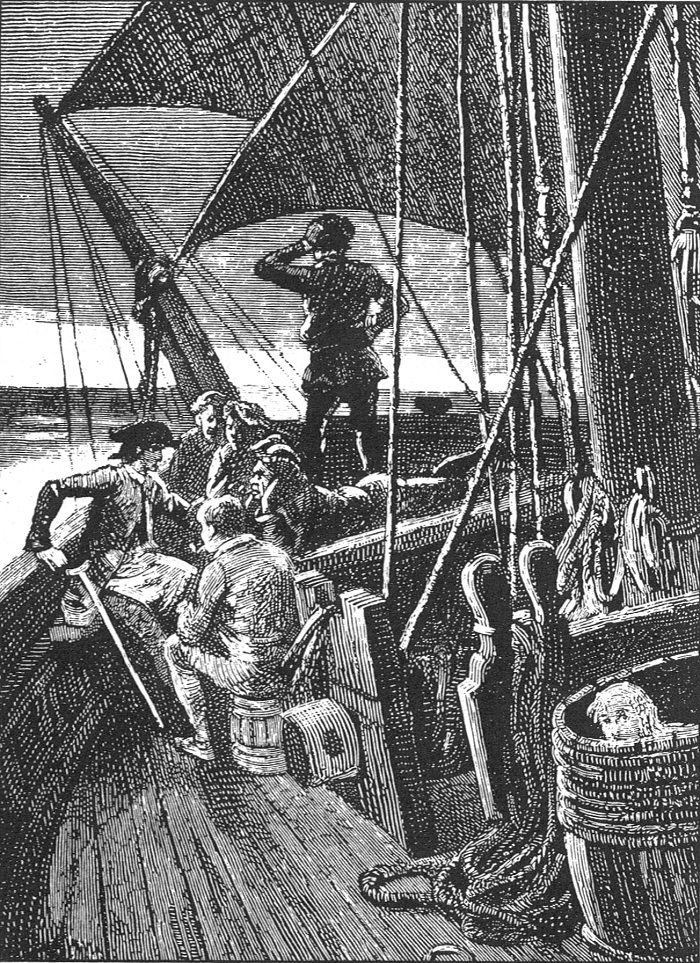The challenge of reading 19th-century novels is their old-fashioned language and references to historical events and social life. Some of their problems are incomprehensible, but even so, we can still enjoy these stories. Below are five titles written in an accessible style.
The five 19th-century novels
Pride and Prejudice, Jane Austen
Although Jane Austen only authored six novels, Pride and Prejudice is arguably her most renowned book. It portrays Elizabeth Bennet and Mr. Darcy’s relationship. This is an excellent choice if you’re beginning to read 19th-century novels. The content is straightforward; we don’t need to read lengthy descriptions. While some words are old-fashioned, they don’t affect your understanding of the narrative. You can read it quickly, but speed isn’t the most important part of reading.
A Christmas Carol, Charles Dickens
A Christmas Carol is a great book for children and adults. It is understood that this book is the top choice for most readers in December. The story of Scrooge avoids using archaic terms or long descriptive passages. Its readability makes this novel an ideal starting point for exploring 19th-century books.
Treasure Island, Robert Louis Stevenson
If you prefer adventure novels, you should try to read Treasure Island by Robert Louis Stevenson. A boy named Jim Hawkins, along with Dr. Livesey and others, goes on a treasure hunt. He eavesdrops on the pirates and then warns Dr. Livesey of their planned mutiny. Although not the first pirate and desert island book, this one inspired many authors. It’s also one of the most famous novels written by Stevenson.
Phantastes, George MacDonald
The 19th century also saw the rise of fantasy novels. George MacDonald’s Phantastes inspired C.S. Lewis and J. R. R. Tolkien. It starts the day after Anodos’ twenty-first birthday. He discovers Fairy Land, where he meets many characters. Some provide shelter and help, while others are dangerous. Anodos’s adventures in Fairy Land show his transition to manhood.
Far from the Madding Crowd, Thomas Hardy
Bathsheba Everdene, a strong, independent woman, is at the centre of this story, which focuses on her relationships with Gabriel Oak (a shepherd), William Boldwood (a neighbouring farmer), and Francis Troy (a soldier). However, this isn’t a charming love story. It depicts a rural life, highlighting a woman’s farming challenges versus traditional expectations and everyday struggles.

Jim Hawkins hiding in the apple-barrel, listening to the pirates, Public Domain
Benefits of Reading These Novels
Nineteenth-century novels offer insights into historical events and social life that captivate many readers. These books depict the social life and priorities of people from that era, including their challenges. And, what’s more important, they may be easier to understand than historical books.
It’s not a secret that people in the 19th century had problems with their rights (especially women), were poor, had to hard work (also children) and were affected by social inequality. Novels help to understand their situation better.
Tips for First-Time Readers
Don’t rush while reading. Nineteenth-century novels often have lengthy sentences requiring multiple readings. Remember that they also include references to historical events and social life. Don’t hesitate to look up the explanation if you’re confused about a character’s motives. Some of their behaviour can seem strange to us.
This may interest you: How to read 19th-century literature
Benefits of Reading These Novels
Nineteenth-century novels offer insights into historical events and social life that captivate many readers. These books depict the social life and priorities of people from that era, including their challenges. And, what’s more important, they may be easier to understand than historical books.
It’s not a secret that people in the 19th century had problems with their rights (especially women), were poor, had to hard work (also children) and were affected by social inequality. Novels help to understand their situation better.
Tips for First-Time Readers
Don’t rush while reading. Nineteenth-century novels often have lengthy sentences requiring multiple readings. Remember that they also include references to historical events and social life. Don’t hesitate to look up the explanation if you’re confused about a character’s motives. Some of their behaviour can seem strange to us.
This may interest you: How to read 19th-century literature?
